
Strikes damage Ukraine power stations with approach of winter.
Assessing Environmental Damage in Ukraine
The Conflict and Environment Observatory
(February 2024) — The intensity and visibility of wartime environmental damage in Ukraine has helped focus attention on who is collecting data, and for what purpose. On the surface, the conflict’s consequences are very well documented by historical standards, yet a deeper assessment reveals considerable gaps in the country’s capacity for data collection and analysis, which unless addressed, will threaten Ukraine’s recovery and accountability goals.
These are the findings of this paper prepared by CEOBS and Zoï Environment Network, which was commissioned as a contribution to Ukraine’s High-Level Working Group on the Environmental Consequences of the War. The paper and its findings fed into the Working Group’s Environmental Compact for Ukraine, which was published on 9th February 2024.
Download the paper
Assessing environmental damage in Ukraine
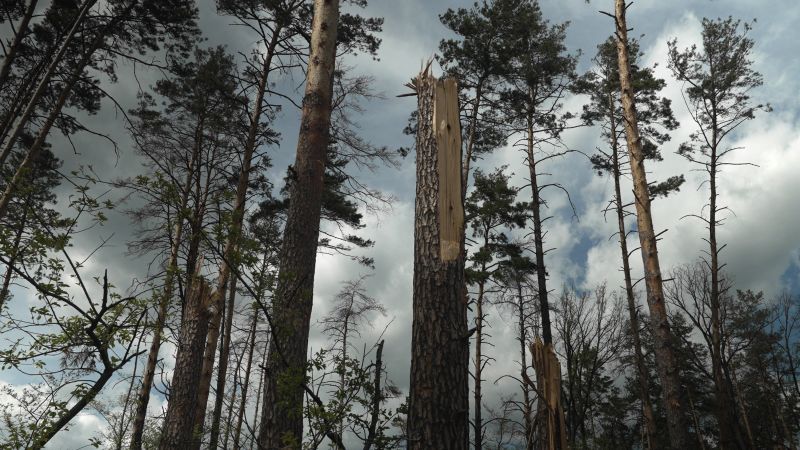
Damage to forests could last decades.
Introduction
The environmental consequences of Russia’s full-scale invasion of Ukraine are arguably better documented than any conflict in history. The reasons are manifold but include the penetration and utilisation of digital technologies, the accessibility of satellite-derived imagery, and the intensity of the conflict and severity of its environmental harms and risks.
Similarly, the conflict’s environmental narrative enjoys a far higher profile because of energetic advocacy by Ukraine’s government, as well as the activities of domestic and international civil society and international organisations. That it built on existing environmental narratives linked to the previous eight years of conflict in the Donbas region has also helped, as has increasing societal concern and media interest on environmental issues globally, together with Ukraine’s focus on accountability for war crimes.
Taken together, these factors are creating expectations around the environmental dimensions of accountability and recovery. Historically and globally, wartime environmental damage and degradation, which are often exacerbated by weakened or distracted governance, has tended to be a low priority, going unaddressed, even where it is detrimental to human and ecosystem health, and to livelihoods and sustainable development. Accountability for conflict-linked environmental harm is underdeveloped, while environmental recovery, and the opportunities it can provide, struggles for attention in the face of economic or humanitarian priorities, which are often framed as competing, rather than complementary objectives.
Environmental data is foundational for accountability. It is also vital for informing recovery and reconstruction planning. Data collection and analysis methods can vary significantly depending on the purpose for which that data is intended to be used. Hence the modalities of collection and analysis warrant consideration. More fundamentally, at present, and in spite of the efforts of numerous stakeholders, substantial gaps remain in Ukraine in what data is collected, by whom and for what purpose. Unless these gaps are addressed, Ukraine may struggle to meet its accountability and recovery objectives.

- The Scope of Environmental Harm
Spanning frontlines hundreds of kilometres long, marked by high-intensity mechanised conflict with the intensive use of explosive force, and together with nationwide attacks on environmentally hazardous infrastructure, the invasion’s environmental consequences have been widespread and profound.
Trends of particular concern include: chemical releases and pollution risks from damaged industrial and energy facilities; the catastrophic and ongoing risks associated with the unprecedented militarisation of nuclear sites; threats associated with air quality and solid waste management from the devastation of towns and cities; the economic and ecological consequences of widespread damage to arable and natural land; the pollution of water resources and sometimes catastrophic destruction of water infrastructure; pollution and ecosystem disturbance in coastal and marine areas; as well as greenhouse gas emissions and increased vulnerability to the effects of climate change.
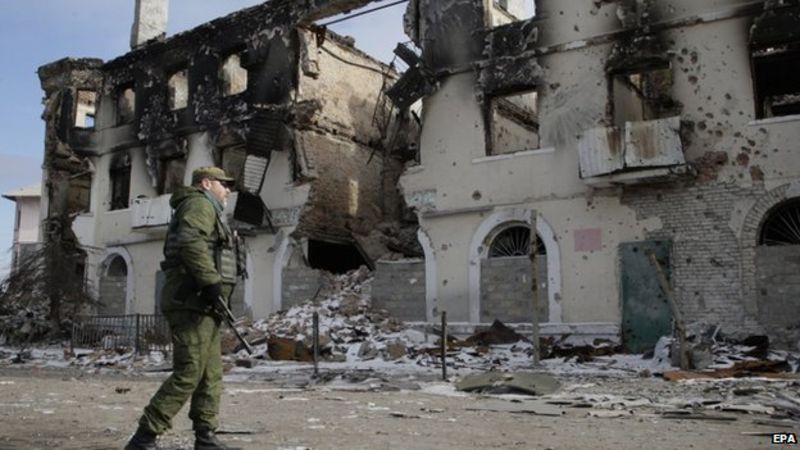
- The Data Collection Ecosystem
It is a perverse irony that armed conflicts impede the collection of environmental data at a time when environmental stress can be at its most acute. As with other fields of conflict monitoring, today, the growth of social media use and increased access to satellite imagery have enabled remote environmental analysis and assessment in near real time. While remotely gathered data does have limitations, it can both guide and be enhanced by field data collection, whether this is undertaken by national authorities, international organisations, or affected communities.
Prior to the full-scale invasion, Ukraine had a relatively well-developed national system for environmental data collection, comprising state and civil entities operating manual and automated systems, including for air, water and soil quality, radiation risks, climate and biodiversity. Events in Crimea and the industrialised Donbas had already posed significant challenges concerning the collection of data and environmental management in these areas.
Since February 2022, the data collection ecosystem has undergone rapid change in response to the conflict. Both state and civil society entities previously engaged in routine environmental work have had to reorient themselves towards the threats being generated by the conflict. In many parts of the country elements of the pre-existing monitoring architecture have been disrupted or altered, with access denied, equipment lost and experts internally or internationally displaced, or drafted.
Meanwhile new stakeholders have engaged, including international organisations, NGOs and academic experts. A number of organisations based outside Ukraine, such as partners in wildlife conservation or other environmental projects, and which were engaged in pre-existing activities, have also reprioritized their work.
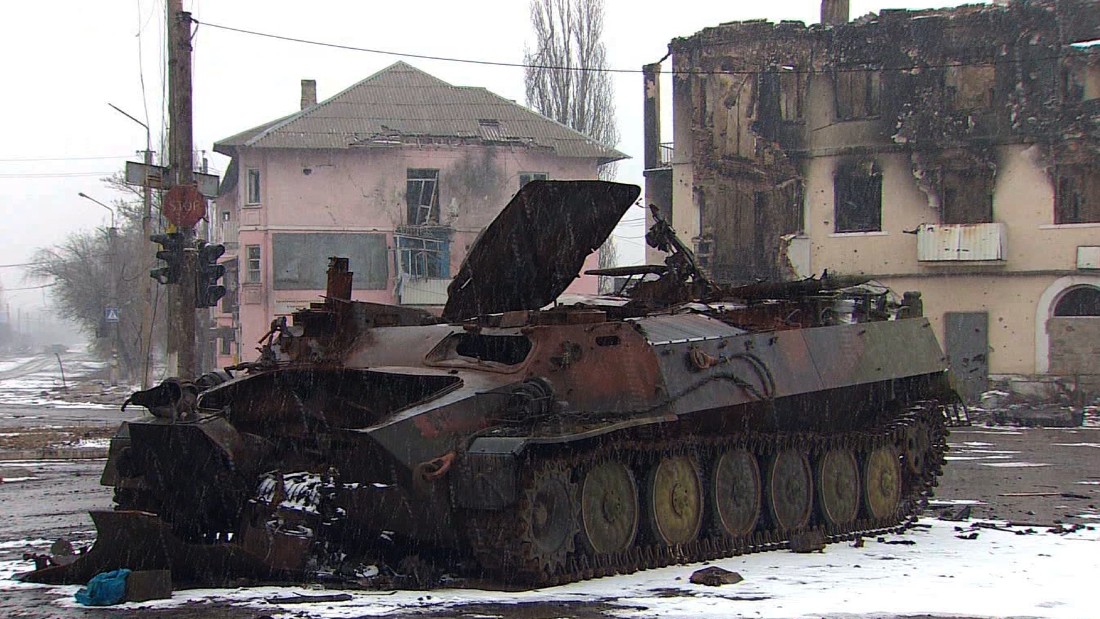
- Current Data Collection Stakeholders
As with other fields, the initial response to the full-scale invasion was chaotic, and many initiatives evolved organically as entities rushed to engage and assist. At the time of writing, there is a developing trend towards improved coordination and complementarity, but this has some distance to travel. And objectively, in many cases data is and will continue to be collected in isolation or for specific purposes. In common with most areas affected by conflict, the collection of physical data in the field remains limited — in part because of the access, capacity and finance constraints common to such settings.
Broadly speaking, at present the primary stakeholders engaged in collecting data on the environmental impact of the war comprise: the government of Ukraine (the Ministry of Environmental Protection and Natural Resources (MEPNR), specialised bodies and agencies (see below), and the Office of the Prosecutor General), domestic and international NGOs, and various intergovernmental organisations — whether environmental, humanitarian or development-oriented.
To the extent possible, regular monitoring activities continue to be implemented by the various central and sub-national authorities (see table 1). In some regions and cities, a considerable volume of environmental data has traditionally been collected through monitoring networks operated by regional or local authorities. Major industrial enterprises conduct their own emission monitoring too. Environmental statistics are collected and summarised by the State Statistics Service.
Regarding the collection of data on environmental damage from the war, the MEPNR and the State Environmental Inspectorate (SEI) have perhaps the most prominent role among the government bodies.The MEPNR developed and operates a dedicated platform EcoZagrosa (“Environmental risk”) to also allow the public to submit reports of environmental damage.
As MEPNR’s operational branch under its direct command, the SEI has been tasked with collecting damage data in the field wherever this is possible. The SEI also assists the Office of the Prosecutor General in data collection for eventual litigation. In many instances, when it comes to major cases of damage, the two organisations work in the field together.
At the onset of the full-scale invasion, they established an interagency task-force called the joint Operational Headquarters at the SEI to coordinate this work. Due to the much extended scope of the SEI’s work in response to the invasion, the agency has experienced human and technical capacity constraints around the volume of data it can collect, and how collection and analysis is standardised. This is of course exacerbated by the difficulties, or sometimes impossibilities, the SEI faces in operating in areas close to or behind the front lines.
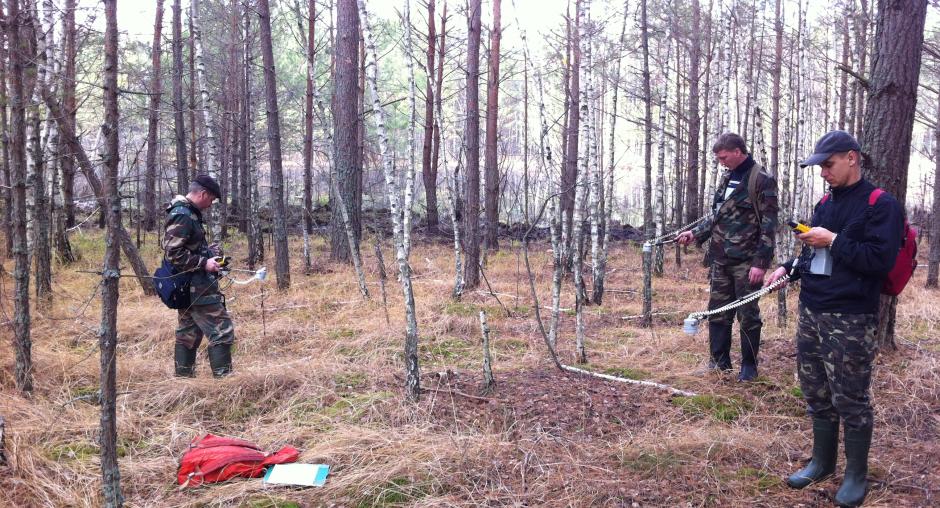
Many prominent Ukrainian civil society organisations significantly reoriented their work to assess and address war damage. These include: Environment People Law, which had extensive experience in collecting conflict-linked data prior to February 2022; EcoAction, which developed an online damage map and network of volunteers to support it; and Save Dnipro, whose previous work on pollution had led them to develop the SaveEcoBot platform for increasing public access to pollution information.
This list is far from exhaustive, and in addition to Ukraine’s diverse landscape of environmental NGOs, academic experts have also contributed — including the Kiev School of Economics, together with specialised entities and networks like the Regional Eastern Europe Fire Monitoring Center, and the Ukrainian Nature Conservation Group.
International civil society is also contributing. Zoï Environment Network and the Conflict and Environment Observatory (CEOBS) undertake complementary and increasingly collaborative remote monitoring. Specifically, Zoï Environment Network’s Ecodozor public platform seeks to capture the breadth of environmentally harmful incidents and likely areal impact, while CEOBS undertakes deep risk analyses of the incidents in its private database, with ephemeral social media evidence archived daily for legal purposes.
The humanitarian data platform REACH has published on some incidents, an incident database is also maintained by the Dutch NGO PAX, and thematic data is collected by a range of academic institutions globally. Data collected by the likes of NASA Harvest, and the US government-backed Conflict Observatory includes themes relevant to the environment.
International and intergovernmental organisations have engaged to support data collection. The OSCE has long-standing programmes linked to the environmental dimensions of conflict in eastern Ukraine, and financially supports the work of Zoï and CEOBS, together with other actors. It is also providing technical support to the MEPNR and the SEI. UNEP too provides financial support for NGO-led remote monitoring, as well as in-country capacity-building and support.
Data collection and analysis are an increasingly prominent part of the work of the UNDP, including through its Coordination Centre for Environmental Damage Assessment, funded by Sweden. FAO, the IAEA and the World Bank are also among the many actors gathering data of relevance to the environment, including the assessment of monetary implications of the damage.
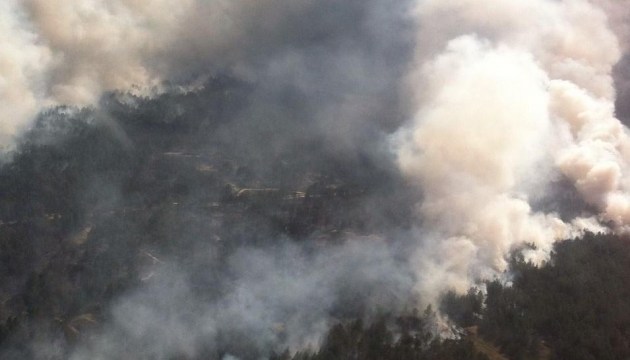
War-triggered fires rage in Ukraine.
While the institutional landscape above is developing organically, there has been a considerable degree of spontaneous bottom-up and lateral interaction and coordination. Concerns over the lack of coordination among international actors have been regularly voiced. In response, a ‘comprehensive overview of environmental damage assessments in Ukraine to support coordination between actors, identify needs, and recommend means to support remediation measures to address environmental damage caused by the war in Ukraine’ was undertaken in late 2023 in order to provide an overview of which national and international actors are doing what.
A final point to consider is the balance between incident-based monitoring and the monitoring of trends. Many of the actors mentioned above take an incident-based approach. While focusing on incidents is perhaps unsurprising in areas affected by conflicts, monitoring trends across greater geographical and temporal scales is also important. This might include issues such as forest loss, agricultural abandonment, the growth and distribution of earthworks and craters or the loss of ecosystem services. Several of these issues may also be closely connected to indirect impacts of the conflict, such as changes in environmental governance, demographics and economics.
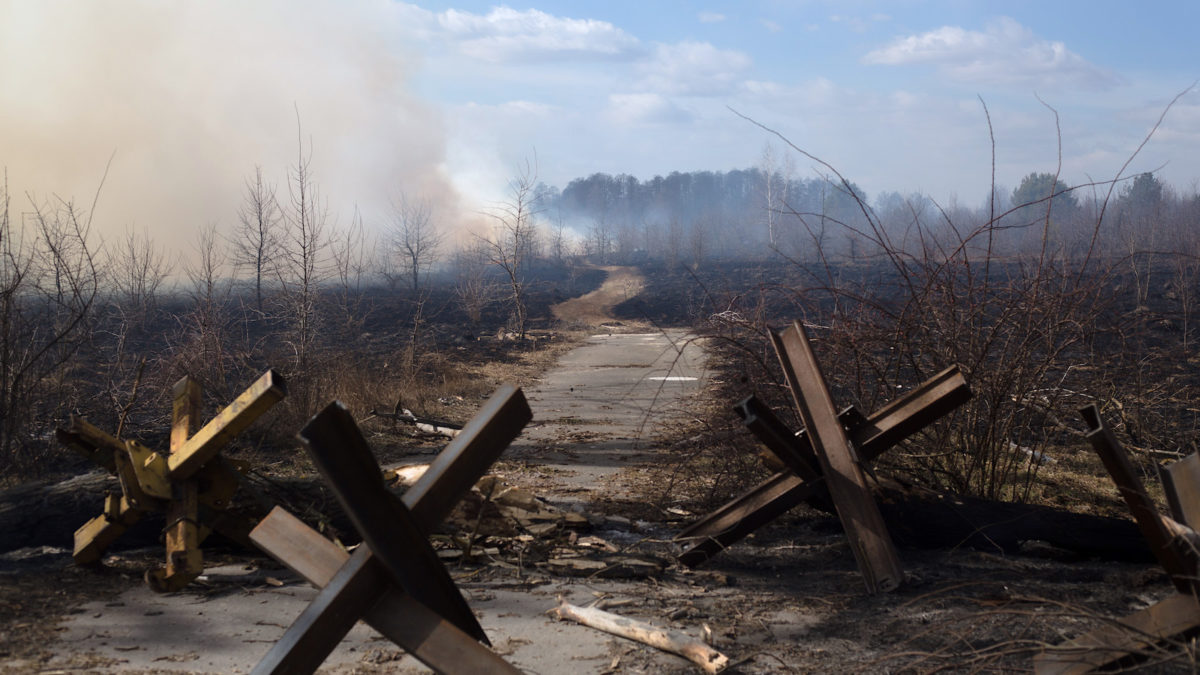
The Environmental Restoration of Ukraine
With the war in Ukraine still ongoing, many details of the already widespread damage to its natural environment remain unknown. Nevertheless, both the overall planning for environmental restoration and faster action in areas where it is possible can and should go ahead. Ideally, restoration would aim to return Ukraine’s environment to its pre-war condition. However, it is painfully clear that some of the damage cannot be reversed within a foreseeable time or resource frame, if ever.
On the other hand, questions are emerging as to whether there may be opportunities to improve on, rather than merely restore, the pre-war environment. Both immediate and longer-term restoration actions will require strong coordination among various domestic and international actors as well as clear and inclusive priorities.
These are the findings of this paper prepared by Zoï Environment Network, which was commissioned as a contribution to Ukraine’s High-Level Working Group on the Environmental Consequences of the War. The paper and its findings fed into the Working Group’s Environmental Compact for Ukraine, which was published on 9th February 2024.
Download the paper
Environmental restoration of Ukraine